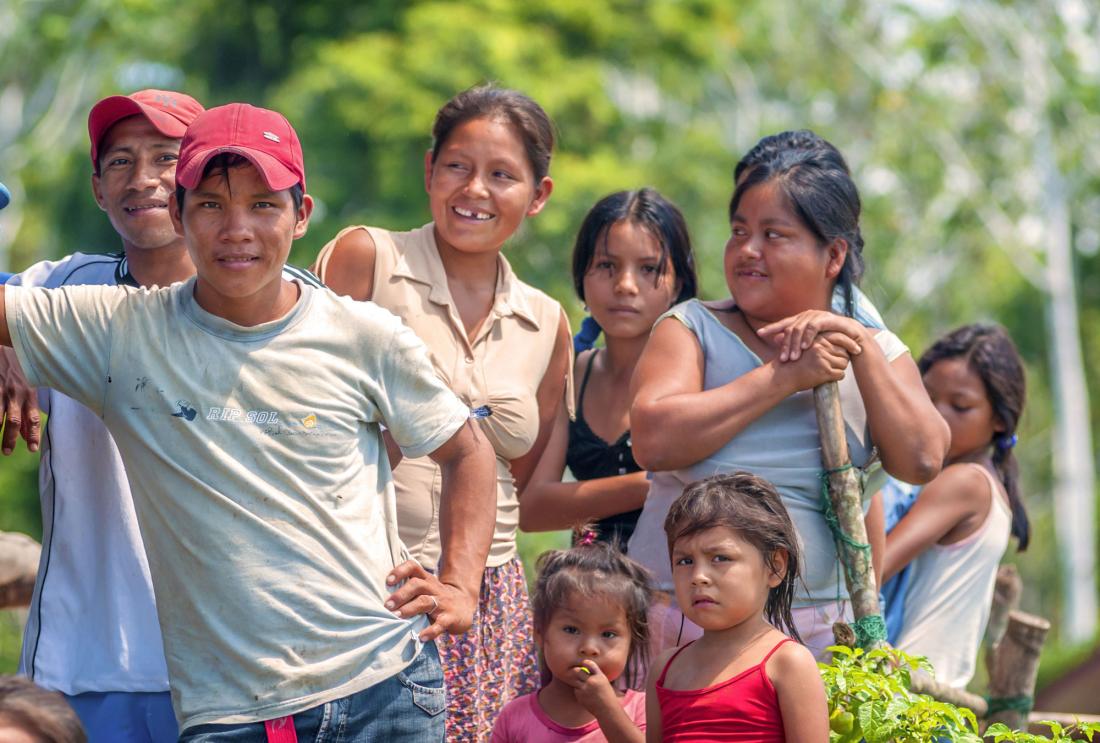Training Local Leaders to Prevent Gender-Based Violence in Peru
- General
- Empowerment
- Sexual and reproductive health
- Violence
- Women’s/girls’ decision-making
- Self-esteem/self-efficacy
- Gender attitudes and norms
- Community participation
- Information
- Soft skills
- Norms change
Gender-based violence is a global problem, but little rigorous research exists on the effectiveness of interventions that aim to reduce and prevent such violence. Changing social norms and attitudes regarding intra-household decision-making power and relationships may be an important step towards reducing this violence. In Peru, researchers are partnering with the government to provide training to local leaders geared towards shifting attitudes regarding gender and gender-based violence and increasing skills to detect and prevent its incidence. They will evaluate the impact of this training on the incidence of gender-based violence and on women’s physical and mental health.
Problema de política pública
One in three women globally have experienced gender-based violence (GBV) at least once in their lifetime, and partner violence alone is the most common type of violence experienced by women.1 GBV has also been associated with poor physical and mental health, diminished productivity, and lack of economic opportunities and agency,2 and may impair the development of children who witness such violence.3 Despite the prevalence of GBV and global progress in legislative and policing reforms to address this form of violence, there has been little rigorous research on the effectiveness of interventions that aim to reduce and prevent it.
Recent research suggests that interventions that do not explicitly seek to shift norms and beliefs are likely to have little impact on violence. Attitudes and beliefs that grant men more power in household decision-making and normalize violence in the home may be associated with increased violence against women. Can a training designed to shift social norms—among both men and women—lead to a reduction in violence?
Contexto de la evaluación
Reduction and prevention of GBV is a policy priority for the Peruvian government. A 2015 national study estimated that 39 percent of women in the country have experienced GBV. Through its national network of 196 Centers for Women in rural areas, the Ministry of Women and Vulnerable Populations (MOW) provides support to victims, including legal advice as well as psychological and social assistance.
The Ministry is now expanding its violence reduction efforts by expanding a program called Leaders in Action (LIA), which was first developed in 2002. LIA trains community leaders—both men and women—on strategies to reduce acceptance of GBV, and sponsors door-to-door outreach by these leaders to encourage community members to use services available at Centers for Women.
In 2017, the government decided to expand the LIA program to eight new areas, providing an opportunity for evaluation.

Detalles de la intervención
Researchers are conducting a randomized evaluation to test the impact of the LIA program on attitudes and beliefs, incidence of GBV, and women’s mental and physical health.
Out of 304 villages in the areas where LIA will be expanded, 152 will be randomly assigned to the treatment group receiving the LIA program. The remaining villages will be assigned to the comparison group, and will only begin to implement the LIA program after the evaluation has ended.
The intervention will consist of a four-month training course for two leaders from each of the 152 villages participating. The course will include topics on beliefs and stereotypes surrounding gender roles, norms regarding violence, and strategies to identify and prevent GBV, as well as training in soft skills such as leadership, decision-making and empowerment. Participating community leaders will then lead a series of five discussion groups in their communities to inform the design of a year-long campaign to increase awareness of GBV in their villages, including door-to-door visits. A survey conducted at the end of the year-long campaign will be used to measure the impact of the program.
Resultados y lecciones de la política pública
Study ongoing; results forthcoming.

